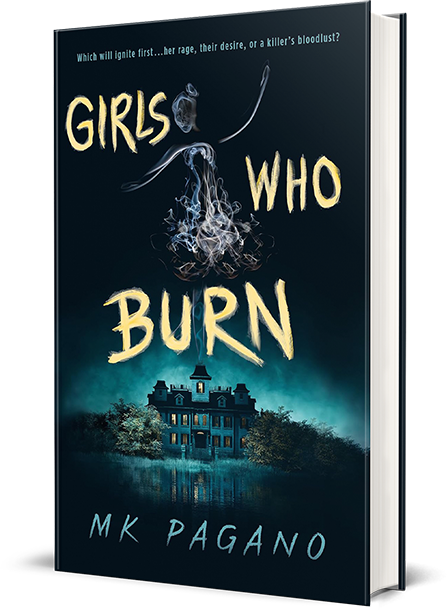Writing Tip: Make Your Characters Human

Which is easier said than done.
I’m currently on the first draft of a YA contemporary–the second YA contemporary I’ve ever attempted to write. (Third, if you count the abandoned one.) I was 30,000 words in when I started to get the nagging feeling that something just wasn’t right.
This happens to me frequently when first drafting. Sometimes I’ll tell myself to just get on with it and fix it later, but there are other times when the nagging becomes so persistent that I can’t go on. I have to stop and figure out what’s wrong, and try and fix it.
It took a couple of days of ruminating, but I eventually figured it out: my characters were not real humans.
I feel like this is a chicken-and-egg problem with first drafting. I have and will always prefer character-driven stories over any other kind, so that’s what I strive to write. My plot moves as a result of what the characters say and think and do. Without them, I have no plot. And so in order to write a good story, I have to know them, inside and out–what they’ll say in any given situation, what they’ll do, where they’re coming from. I have to know them better than I know my friends, my family.
And yet, when I first sit down to that blank page, all I have are these ideas in my head of who my characters are. It’s through writing them that I get to know them. And so at the beginning, I’m kind of flying blind (writing blind?)–I think I know what my character will do in a given situation, but it’s not until I actually write it out that I say, “yes, this is right,” or “no, this isn’t right at all, delete and rewrite”.
In those early moments when I don’t quite know my characters yet, I tend to do one of two things: model them far too closely to someone else, either someone I know in real life or someone I’ve read about, or fall back onto cliché. In the case of my current manuscript, I was doing a little of both. The shy, awkward protagonist was way too close to my high school self, while her snooty friends were cookie-cutter mean girls, her love interest a cookie-cutter bad boy. Cookie-cutters: useful in baking, not so much in writing.
And so it was time to stop, take a breath, and transform these people into humans. Starting with my protagonist.
I like things to be realistic in my stories–it’s what my beta readers always praise–to the point where I’ve only ever set them in places I’ve lived. But that doesn’t mean my character, an awkward high school girl, has to be my exact high school self. So I got rid of her shyness and made her more outspoken and stubborn. I decided she didn’t have to be quite so awkward around boys. She didn’t have to have red hair. I made subtle changes to her character here and there–and that resulted in some big deviations in how she acted. Along with the changes I made to my supporting characters, who are now far closer to flesh-and-blood characters than they were before, I feel like I’ve finally got my story back on track. And I dare say it’s a way better story than I had the first time around.
There are some people who will tell you to write straight through and don’t change anything til the second draft. That doesn’t work for me; I can’t go on if there’s something so glaringly, obviously wrong. So I say, as I always do, do what works for you.
Does this work for you too? How do you turn your characters into real humans?
Photo by Rana Sawalha on Unsplash


I’m with you. If something isn’t right I have a hard time moving forward. It feels like leaving dirty dishes in the sink while I go to work: it kind of hangs over me until I fix it. I think it’s necessary to give your characters real human flaws, strengths and weaknesses that are illustrated through their actions. That seems to help round out the “cardboard cutout” impression.
Good to know I’m not the only one who can’t move on! Yes, for sure, and I strive to make those flaws and strengths and weaknesses unique to them and not just ones that are easy to attribute. Thanks for commenting!
I had the same problem with the book I’m working on! Some characters leapt off the page and others, well… meh. I can’t leave the poor guy without a personality!
Cheers for the article, it’s great to hear how you fixed it 🙂
I love hearing that I’m not the only one. Thanks for commenting!